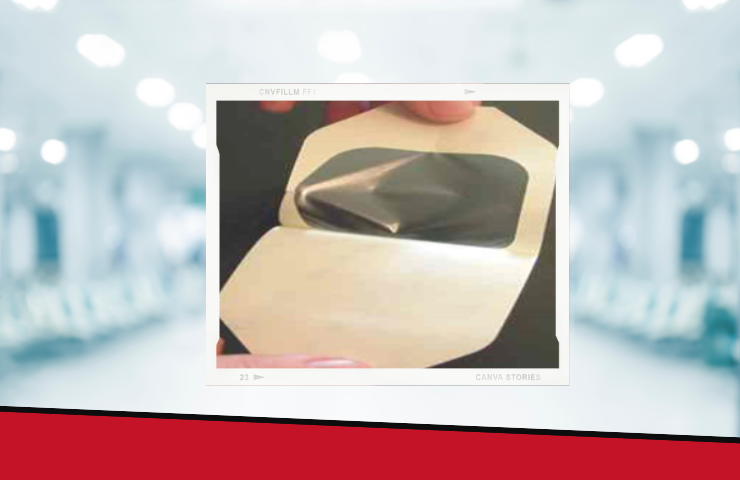


By Nancy Morgan, RN, BSN, MBA, WOC
Each month Nancy Morgan Wound Care brings you a tool you can apply in your daily practice.
Support Resources:
Infographics:
Description
Transparent film dressings are thin sheets of transparent polyurethane (polymer) coated with adhesive. These dressings are available in a lot of different sizes and shapes. I think of it like a big sticker you can look through.
Transparent film dressings provide a moist, healing environment; promote autolytic debridement; protect the wound from mechanical trauma and bacterial invasion; and act as a blister roof or “second skin.” Because they are flexible, these dressings can conform to wounds located in awkward areas such as the elbow. The transparency makes it easy to visualize the wound bed.
Transparent film dressings are waterproof and impermeable to bacteria and contaminants. Although these dressings can’t absorb fluid, they’re permeable to moisture—allowing one-way passage of carbon dioxide and excess moisture vapor away from the wound.
Indications
Consider the following when deciding whether to choose this type of dressing
Follow these steps to apply a transparent film dressing.
Follow these steps to remove a transparent film dressing.
1 Lift a corner of the dressing and stretch it horizontally along the skin surface to break the adhesive band.
2 Continue stretching from the edge of the dressing toward the center.
3 When two sides of the dressing are partially removed, grasp both sides and stretch them horizontally and parallel to the skin until the entire dressing lifts.
The average time between transparent film dressings is 3 to 5 days, although the dressing may be left in place up to 7 days. The frequency of change can vary based upon manufacturer recommendations. If the transparent dressing becomes loose, if leakage is present, or new skin irritation or redness is noted, change the dressing and reassess whether continued use is appropriate.
Moore, Zena; Patton, Declan; Avsar, Pinar; McEvoy, Natalie L.; Curley, Gerard; Budri, Aglecia; Nugent, Linda; Walsh, Simone; O’Connor, Tom. (2020, June 2).
Prevention of pressure ulcers among individuals cared for in the prone position: lessons for the COVID-19 emergency. 29(6):312-320. Retrieved from https://pubmed.ncbi.nlm.nih.gov/32530776/).
Nancy Morgan RN, BSN, MBA, WOC is an experienced clinician, successful business leader, and accomplished nurse educator in the field of wound management. She is the co-founder of the Wound Care Education Institute, (WCEI®), Wild on Wounds Productions; and, most recently established Nancy Morgan Wound Care offering innovative, educational resources including seminars, webinars, social media and wound care marketing tools to assist and support wound care clinicians at the bedside. Nancy is one of the most distinguished wound care educators, delivering nearly 1200 lectures, conference keynote addresses, seminars, webinars, and bedside consultations during her career.
Information in Nancy Notes is courtesy of Nancy Morgan Wound Care, copyright 2022.
DISCLAIMER: All clinical & legal information, text and graphics, in this blog are intended to assist with determining appropriate wound therapy or proper legal information. It is not intended to be a substitute nor constitute providing legal or medical care or advice, diagnosis, or treatment. Responsibility for final decisions and actions related to legality and care of specific patients shall remain the obligation of the institution, its staff, and the patients’ attending physicians and their legal representation. Individuals should always contact their healthcare providers for medical or emergency-related care and/or contact their retained attorneys or their legal representation.